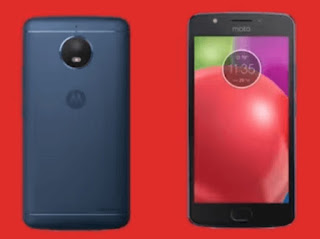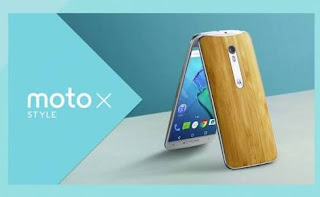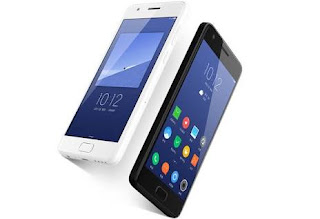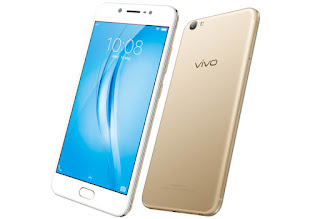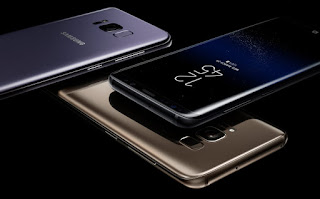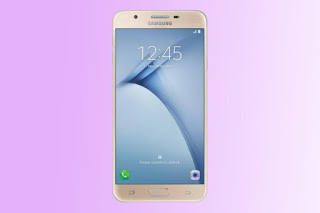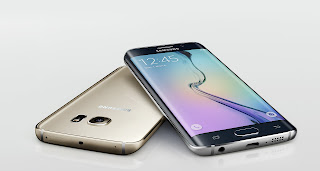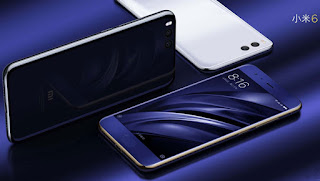After introducing the Google Assistant exclusively on the Pixel and Pixel XL smartphones last year, Google widely rolled out the assistant on Android 6.0 Marshmallow, Android 7.0 Nougat based smartphones, and on Android Wear OS. Now, Google has announced a developer preview SDK (software development kit) that will allow developers to build Google Assistant into third-party devices.
By releasing the SDK, Google is looking to encourage third-parties to create their own Google Assistant hardware. The SDK will offer ‘full Google Assistant experience,’ Google mentioned in a blog post. Using the SDK, developers can build anything from robots to smart devices such as connected fans, bulbs, voice-enabled smart mirrors and more. Using ‘Actions on Google’ API that was released last year, developers have the liberty to create their own voice commands and response to control local device. All these commands are sent to the developer software in the form of text, allowing them to see what’s going on, and react accordingly.
ALSO READ: Google to launch 3 Pixel smartphones powered by Qualcomm’s Snapdragon 835 SoC: Report
To begin with, the SDK supports both, ‘OK Google’ hotword and ‘button, same as you invoke the Assistant by pressing and holding the home button on Android smartphones. Being a developer preview, a lot of features are still under development. The SDK includes Python open source client, gRCP API, to handle access and authentication to the API, documentation and samples.
The kit also allows developers to capture spoken query, such as ‘what’s on my calendar,’ ‘do I have any appointments tomorrow,’ and more. Developers can pass these commands to Google Assistant service and receive audio response for the same.
ALSO READ: Google adds support for more Indian languages to Gboard, Maps, Translate; to leverage neural machine learning
How to get started with Google Assistant developer preview SDK
As it is still in the prototyping phase, Google recommends using Raspberry Pi devices to get started with. The SDK also supports other platforms, but Google did not shed light on it. Developers who are interested in building their Google Assistant based hardware can head over to Google Assistant SDK website, and sign up for the same.
There is a ‘learn more’ section where Google has mentioned about the requirements such as Raspberry Pi 3 model B with NOOBS OS installed, a USB microphone, and a speaker. Next, Google also has a guide on the process — how to setup hardware along with network access, configuring developer project, testing audio and running the sample code.
Sure, making the Google Assistant SDK available for developer sounds interesting. It opens up whole new possibilities as one can easily build a Google Home like smart device of their own. It now remains to be seen how developers can make the most of this opportunity.



